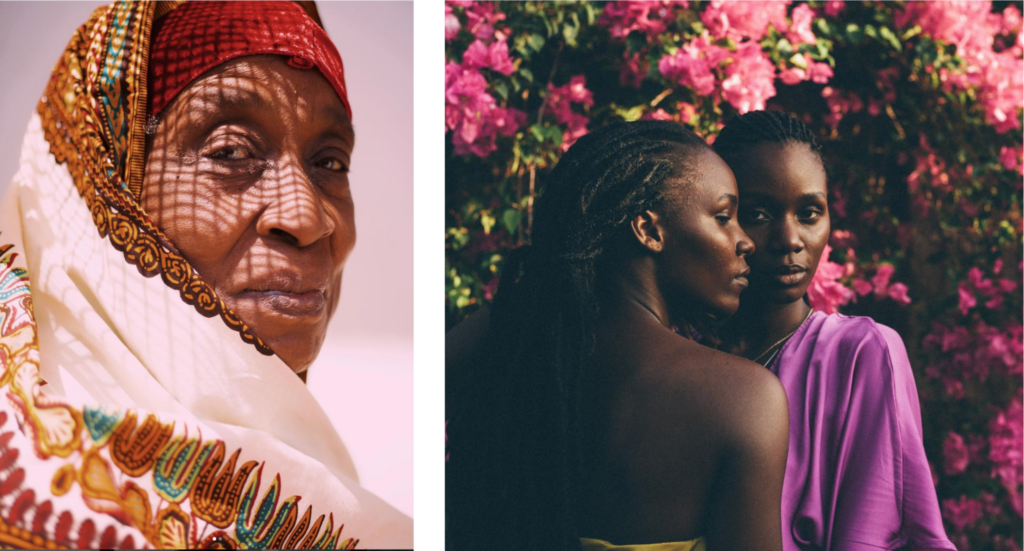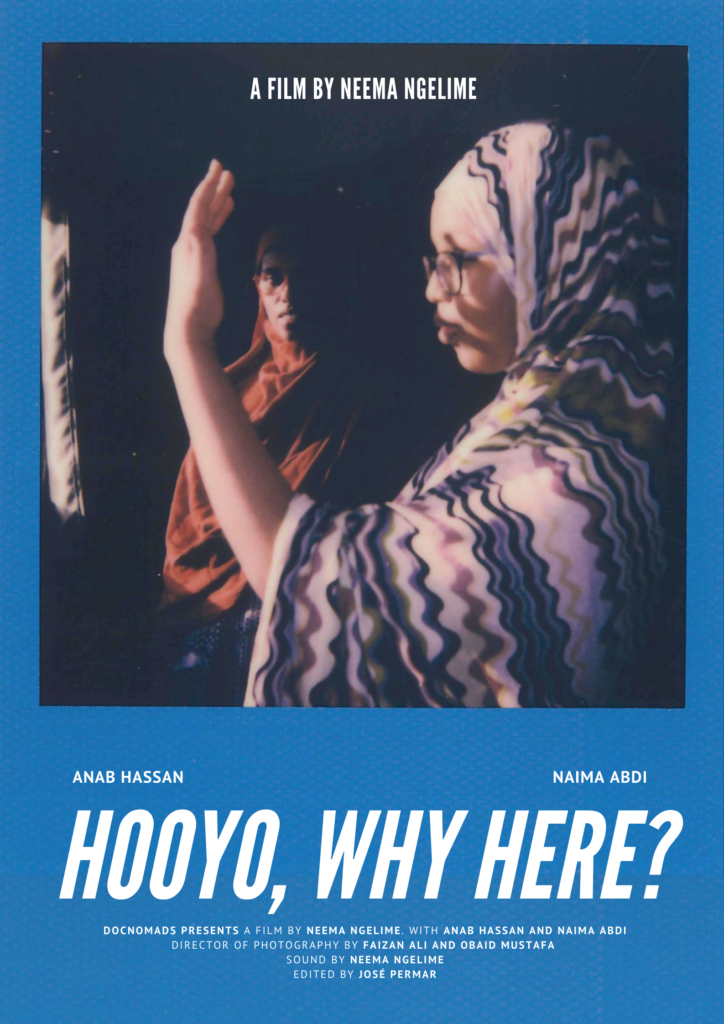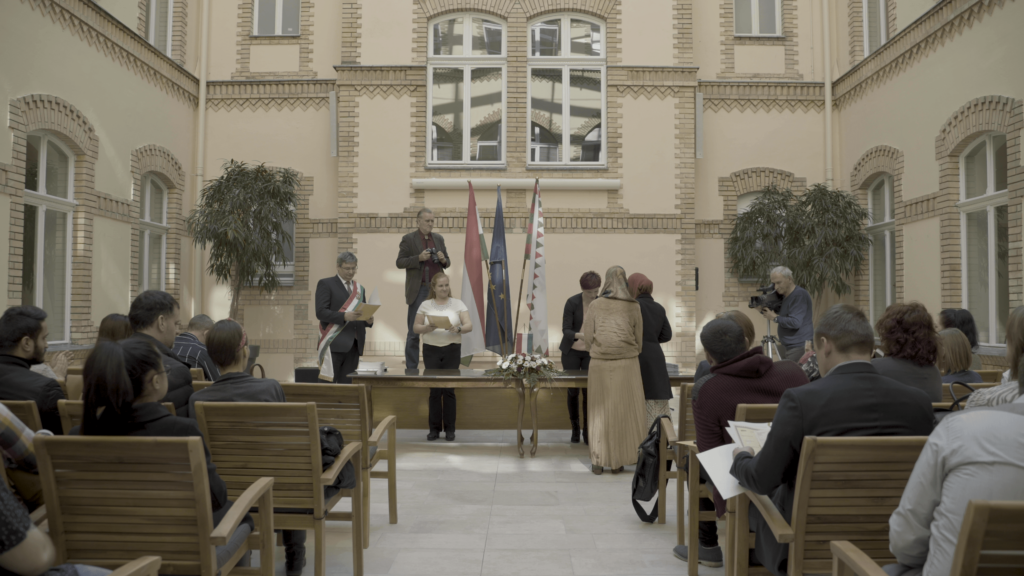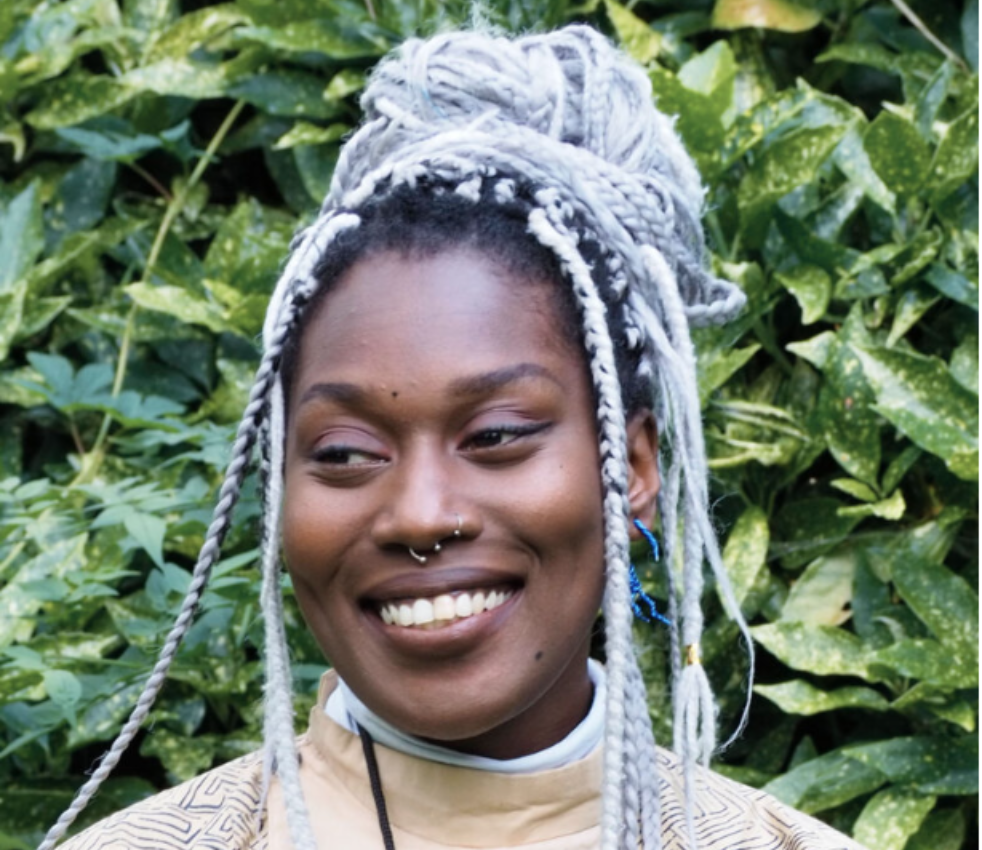A Reliable Narrator: Art and Documentary through Neema Ngelime | Tanzania
We are pleased to feature the work of Tanzanian artist Neema Ngelime. This insightful piece and interview prepared by artist and EAS correspondent Valerie Amani gets at Ngelime’s creative journey, motivations, mindset and storytelling strategies.
What could exorcism, pop songs and raunchy romance novels have in common? Captured in an eleven minute film, Neema recounts her time at a colonial legacy boarding school where these three things meet. “An ode to a time I loved bread”, was screened at the 2022 London Short Film Festival, and features Neema guiding us through a visual recount of experiences from her youth. As a film, the piece sits at an intersection of experimental image making - incorporating narration, video art and stop-motion. A trailer of the film can be seen here. For upcoming online screenings, see “End Note” below.
Neema oscillates from describing herself as a visual artist to claiming the title of documentary filmmaker. In reality she stands at the sometimes blurry border of both worlds. Starting our conversation, I was interested in what inspired Neema to choose this medium of creating, especially considering the landscape of documentary photography and film in Tanzania (like many other countries) being largely dominated by men and lacking resources.
You sit in-between art and documentary - what was your journey to the way you create?
I began with questioning the dignity in how we (black Africans) are captured - especially in moments that are mundane, that do not need to be orchestrated but rather just happen naturally. As an African, I realize we don’t really have representation of those things; or rather I wasn’t happy with how we were being portrayed, so I started documenting them myself. Then it moved more into experimental techniques when I was enrolled in the Doc Nomads program.

Her photos are carefully considered representations of mostly femme characters. She jokes that she first became a feminist through reading a now outdated section in Readers Digest magazines that specifically covered the complaints of women (mostly angered wives). Although she focuses on telling other people's stories, Neema was confronted with the challenge of creating a film during lock-down where she could no longer have a cast. She had to tell her own story, confronting traumatic memories from her school experience using only her voice and body.
Although the short film deals with imposed institutional fear and mass hysteria (public exorcisms in school halls) - there is surprisingly still a playful approach to how the story is told, a childlike lightness.
How do you navigate retelling a personal experience while also trying to make it accessible to others?
I still carry these images in my mind. I still dream about them. I did not have the youth I thought I would have, and so I thought why not make a nice souvenir for myself that is playful. Considering that we tend to be unreliable narrators - I needed to fact check. But of course everyone has their own memory of a place; however, it was rewarding when I met other people from Kenya and Tanzania who went through this in similar types of schools - it is affirming.

Assuming that an element of fact, truth and reality is vital in documentary, everything else quite literally has to pass through a lens that considers form, tone, and the transformation of subject matter from a moment in history to a sequence of images. When considering how Neema chose to capture her memories of attending a colonially-charged Catholic boarding school, she mentioned that when she spoke to people with similar experiences - some considered it the worst experience of their lives while others considered it a right of passage. The ways we all experience a story for the first time consequently changes the way that story is perceived, understood and remembered.
What I get from her work is a portrayal of emotions that are stitched together with care - how moments of closeness or familiarity are achieved through pause, through the proximity of the camera to the subject. This is something that Neema does seamlessly, especially in one of her recent documentaries, “Hooyo, Why Here?” which won Best Short Documentary Film at BelDocs (Belgrade International Film Festival).
See film trailer here.

The film made me consider how we approach citizenship as saviour at the same time portraying the intimacy and love shared between a mother and a daughter. It was not an expected story of a refugee that transforms a person's experience into an anonymous portrayal of pain - it was a chance to experience true companionship despite a tumultuous past.
What was your motivation for creating this work?
When it was first brought to my attention [second year of the Doc Nomad program], it wasn’t long before I knew I wanted to stray away from the usual refugee story. At first glance it was like, “Here is Anab, she has been waiting for her Hungarian citizenship for 12 years and now she finally got it!” But that being the focus didn’t sit right with me. On meeting Anab, we immediately connected. Spending time with her and Naima (her daughter), I realised that it was about more than that - this love they shared was more powerful. The fact that they had to learn over three new languages together - their closeness was so special.
A poster child for immigration hardly ever has a hijab - especially in a country like Hungary. She wanted to be an example to her daughter that she doesn't have to change herself for people to like her.
This documentary, like all of Neema's films, is a sensitive and sincere work of art that also challenges our perception. Neema further emphasises her intentions by saying “If you are not vulnerable, how are you resonating with people?”, making a clear point that what separates making (art)work about people as opposed to other elements of nature, is our nuanced experience as humans. “We are layered,” she continues, “if we don't strip the layers, people are going to catch on eventually,” explaining that what makes it real is the vulnerability shared between her and the people who’s stories she is trying to tell.

Lastly, an inevitable question it seems, I asked Neema about what advice she would have given her younger self, post high school and pre-documentary film school.
What advice would you have given yourself?
You need to figure out your ethos, what drew you to doing what you want to do? I was driven by wanting to see more black women on screen. Find your why and stick to it! Be honest with yourself. If I can maintain honesty I will try to make more films.
As a closure we speak about collaboration, about the support we need from each other as a community of creatives; sentiments that resonate deeply with me, “I also hope there are more of us. I don't want to be the only Tanzanian in the room,” she ends.
Art in all its forms is a tool for sharing space. It can make us feel seen or heard - it can inspire, bring joy, catalyse curiosity or inform. Neema is an artist that documents stories that would have otherwise been skewed through a lens that we have seen too much of. Her voice and vision are a soft reminder to look again, listen closely and that a reliable narrator should also be a sincere one.
END NOTE
An ode to a time I loved bread also screened at the 2022 Oberhausen International Short Film Festival and got a special mention of the Online Jury of the Ministry of Culture and Science of the German State of North Rhine-Westphalia and will be screened online at Monangambee - Spectral Grounds: Black Experimental Films (Sept. 19-25) and at Take Action One - To Remember, To Reclaim: Archives for Future Love (Oct 21-30, 2022).
 ABOUT THE ARTIST
ABOUT THE ARTIST
Neema Ngelime is a photographer and filmmaker. With a Master's degree from DocNomads, a mobile documentary filmmaking school, she focuses primarily on domestic work, colonial legacies, spirituality, and class struggles within the African diaspora in Lisbon, Budapest, and Brussels. She is keen on making films and photos that capture the magic of the mechanical nature of the everyday with an experimental and feminist lens.
Follow her on Instagram and her website for further screenings and work.
 ABOUT THE AUTHOR
ABOUT THE AUTHOR
Valerie Asiimwe Amani is a Tanzanian artist and writer whose practice interrogates the representation of language, place and memory. Working between performative video, textile, collage and text, her works are interventions that aim to create communal links between the physical, metaphysical and mythical. She has exhibited internationally including Rele Gallery, Lagos; 31 Project, Paris and a solo performance at South London Gallery, London in collaboration with the Roberts Institute of Art. Amani holds a MFA from The Ruskin School of Art and was the recipient of the 2021 Ashmolean Museum Vivien Leigh Prize for a work on paper.